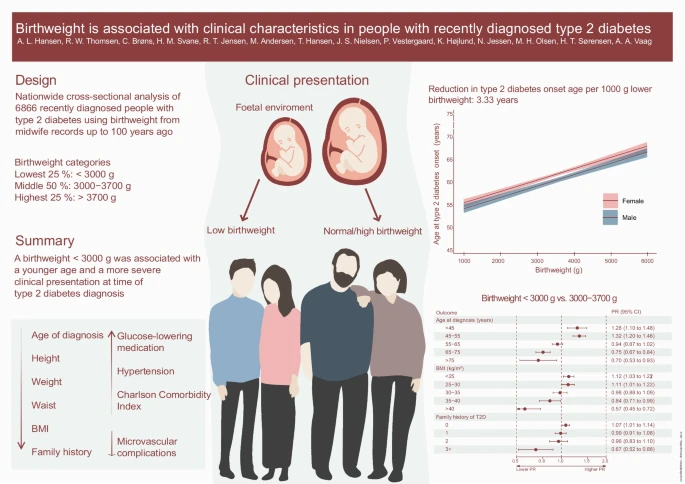Here, a triple agonist that interacts with GLP-1, neuropeptide Y1&Y2 receptors, regulated insulin secretion in rat and human pancreatic islets, promoted insulin-independent Y1-R-mediated glucose uptake in rat muscle tissue ex vivo and reduced food intake and body weight in rats. 

- Mechanisms underlying long-term sustained weight loss and glycemic normalization after obesity surgery include changes in gut hormone levels, including glucagon-like peptide 1 (GLP-1) and peptide YY (PYY).
- PYY1–36 is a gut hormone that binds to the Y1-R in pancreatic islets and central nervous system nuclei that control appetite regulation in the brain including the brainstem area postrema and nucleus tractus solitarius, where it has an orexigenic effect.
- PYY3–36, a truncated peptide agonist derived from dipeptidyl peptidase IV-mediated proteolysis of full-length PYY1–36, and binds preferentially to the anorectic neuropeptide Y2-R.
PYY3-36 crosses the blood–brain-barrier and inhibits food intake via its interactions with Y2-R in brain areas that regulate energy homeostasis, including the arcuate nucleus of the hypothalamus and the area postrema and nucleus tractus solitarius of the hindbrain.
- This study highlights the potential of simultaneously targeting GLP-1R, Y1-R, and Y2-R, and provides evidence suggesting a significant role for Y1-R agonism in the control of food intake and glucoregulation:
* A unimolecular triple agonist peptide that interacts with GLP-1, Y1, and Y2 receptors, regulated insulin secretion in both rat and human pancreatic islets, and promoted insulin-independent Y1-R-mediated glucose uptake in rat muscle tissue ex vivo.
* Its administration resulted in profound reductions in food intake and body weight in diet-induced obese rats.
A peptide triple agonist of GLP-1, neuropeptide Y1, and neuropeptide Y2 receptors promotes glycemic control and weight loss (open access)
doi.org/10.1038/s41598…
#MetabolicSyndrome #Obesity #InsulinResistance #Cholesterol #Triglycerides #Hypertension #appetite #Diabetes
doi.org/10.1038/s41598…
#MetabolicSyndrome #Obesity #InsulinResistance #Cholesterol #Triglycerides #Hypertension #appetite #Diabetes
• • •
Missing some Tweet in this thread? You can try to
force a refresh

 Read on Twitter
Read on Twitter









